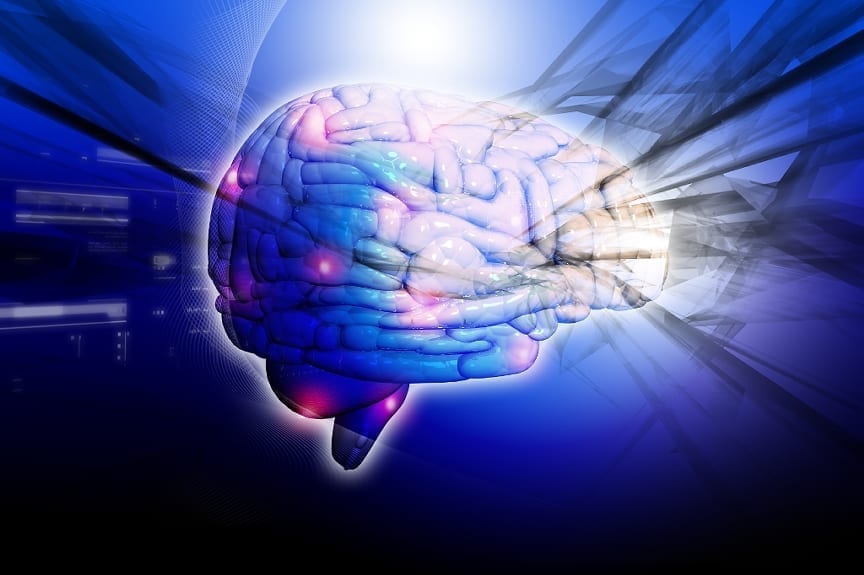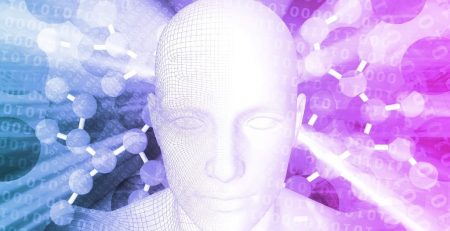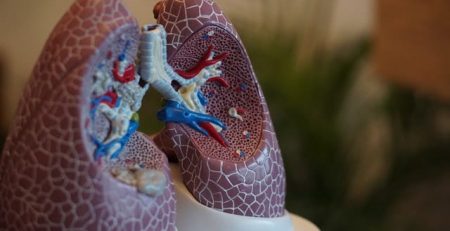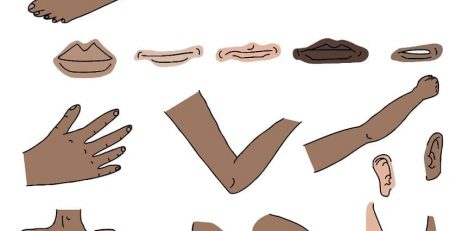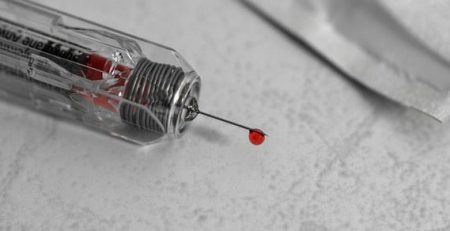Scientists Grow Brain From Scratch
Researchers from the Institute of Molecular Biotechnology in Vienna, Austria, have grown a three-dimensional, self-organizing model of a developing human brain in the lab using stem cells. Besides just being cool (brains in petri dishes!), the system could be used to model neurological diseases in an actual human brain, rather than in an animal model that may not develop in exactly the same way. The cerebral organoid, as its creators have dubbed it, resembles the early developing regions of a human brain, with distinct regions like the dorsal cortex, the ventral forebrain and even an immature retina. This is the most complex in vitro human brain tissue so far. It has the beginning signs of cortical layers, though it can’t develop the full complexity of a six-layer human cortex.
The scientists were able to grow their organoids from both embryonic stem cells and the less-controversial induced pluripotent stem cells, which can be derived from the skin or blood cells of adult humans. Most of the organoids grew to about 3 or 4 millimeters, about the size of an embryonic human brain at roughly nine weeks, and could survive up to a year in a spinning bioreactor (to circulate nutrients and oxygen). Though it looks very similar to early-development brain tissue and has active neurons, the organization isn’t quite the same as in naturally developing tissue. “The parts are correctly organized, but not put together,” Juergen Knoblich, who coordinated the study, explained in a press conference. He describes it as “a car where you have an engine, you have the wheels–but the engine is on the roof…that car would never drive, but you could still take that car and analyze how an engine works.”
By: Shaunacy Ferro




